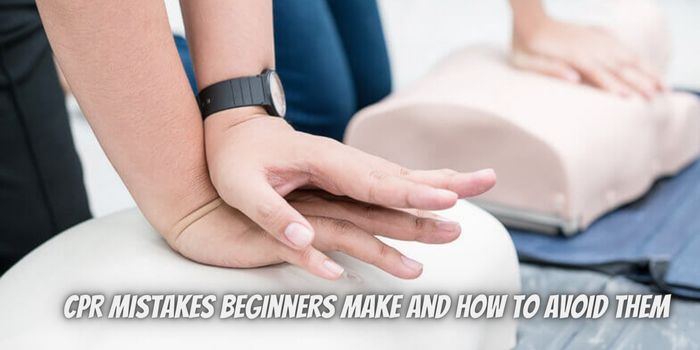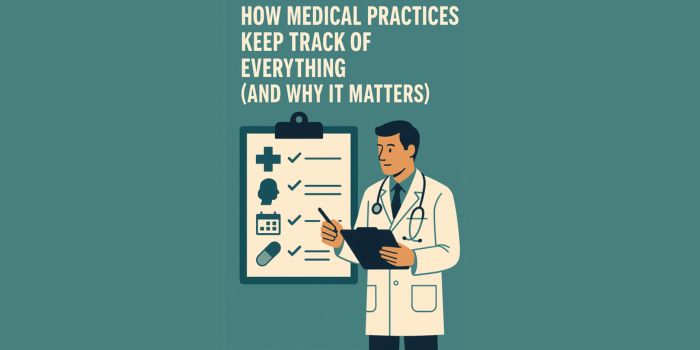Are you aware that each year there are more than 350,000 cardiac arrests outside of the hospital? If someone suddenly collapses in front of you, do you know what to do?
Knowing how to perform CPR could make all the difference, but even with good intentions, there are common mistakes that can be made. In this blog post, we will explore the five most common CPR mistakes beginners make and provide tips on how to avoid them.
So whether you’re a concerned citizen or a healthcare professional, read on for valuable insights that could help save a life. Let’s begin!
Not Checking for Responsiveness
One of the most common mistakes people make when performing CPR is not checking for responsiveness. It is vital to check for responsiveness before beginning chest compressions, as you may be wasting your time and energy if the person is already deceased.
To check for responsiveness, simply tap the person on the shoulder and shout, “Are you okay?” If there is no response, begin chest compressions. Also, proper training can help you when checking for responsiveness. If you are looking for a CPR training class, visit https://cprcertificationnow.com/products/first-aid-certification-online.
Forgetting to Call 911
Many people are reluctant to call 911 because they think someone else will do it or they’re afraid of getting in trouble. But the reality is that time is of the essence when someone is having a heart attack, and every second counts. So don’t hesitate–call 911 immediately.
Not Giving Chest Compressions at the Right Depth and Rate
Not giving chest compressions at the right depth and rate is another common mistake people make when performing CPR. The recommended CPR hand placement depth for chest compressions is two inches (5cm) for adults and one-and-a-half inches (4cm) for children. The recommended CPR compression rate is 100-120 compressions per minute.
If you are not sure whether you are applying pressure for CPR at the correct depth, it is best to err on the side of deeper compressions. It is also important to avoid pauses in chest compressions, as this can decrease the effectiveness of CPR.
Breathing Too Shallow into the Mouth of the Victim
Another CPR mistake is breathing too shallowly into the mouth of the victim. This can be a result of not understanding how to properly perform CPR or simply being too afraid to give breaths that are too deep.
When performing CPR, it is important to ensure that you are giving deep, full breaths into the mouth of the victim so that their lungs are properly inflated. If you are unsure of how deep to breathe, do shallower breaths rather than deeper ones.
Not Knowing When to Switch Compressors
When performing CPR, the most common mistake is not knowing when to switch compressors. This can often lead to the person performing CPR becoming exhausted and not being able to continue. It is important to know when to switch so that you can maintain a steady rhythm and provide continuous compressions.
Stop These CPR Mistakes Beginners Make
No one wants to make a mistake when performing CPR on someone, but unfortunately, it can happen. Common CPR mistakes beginners make include not checking for responsiveness, forgetting to call 911, not giving chest compressions at the right depth and rate, breathing too shallowly into the victim’s mouth, and not knowing when to switch compressors.
We hope this article has made it easier for you to understand how important proper technique is when administering CPR. With the right practice and knowledge, you can become an effective lifesaver!
Looking for more articles similar to this? Keep browsing the rest of the site!




